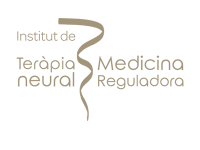9 Minutes
CONTENTS
Morphine is a prescription opioid that is extracted naturally from opium and used to treat moderate to severe pain. Morphine was once only available as an injection, but it is now available in a variety of forms. It’s most typically found in hospitals, where clinicians use it to treat people who have had surgery, sustained a significant accident, or are suffering from various sorts of acute pain.
Morphine is a highly addictive substance. Anyone who uses it for a long time, whether for recreational or prescription purposes, will build a resistance or tolerance to its pain-relieving benefits. Tolerance quickly turns into physical dependency. When your body becomes reliant on morphine, it loses the ability to function normally without it. That means that removing it will cause your body to react.
Withdrawing off morphine can be a painful and unpleasant experience. You’ll probably feel like you’ve caught a nasty flu while going through morphine withdrawal.
Morphine is also available in pharmacies as generic or under trade names such as MS-Contin, MSIR, Oramorph SR, Kadian, Roxanol, and RMS.
FAQs
A UNIQUE METHOD TREATING Opiods
a successful and proven concept focusing on underlying causesOpiods TREATMENT LASTING APPROACH
0 Before
Send Admission Request
0 Before
Define Treatment Goals
1 week
Assessments & Detox
1-4 week
Psychological & Holistic Therapy
4 week
Family Therapy
5-8 week
Aftercare
12+ week
Refresher Visit
Opiods Insights
latest news & research on Opiods
Codeine Addiction Treatment
Many people may not know when it is the right time to seek treatment to treat codeine addiction. Others may believe their codeine addiction is not as severe as it seems
read more

































































